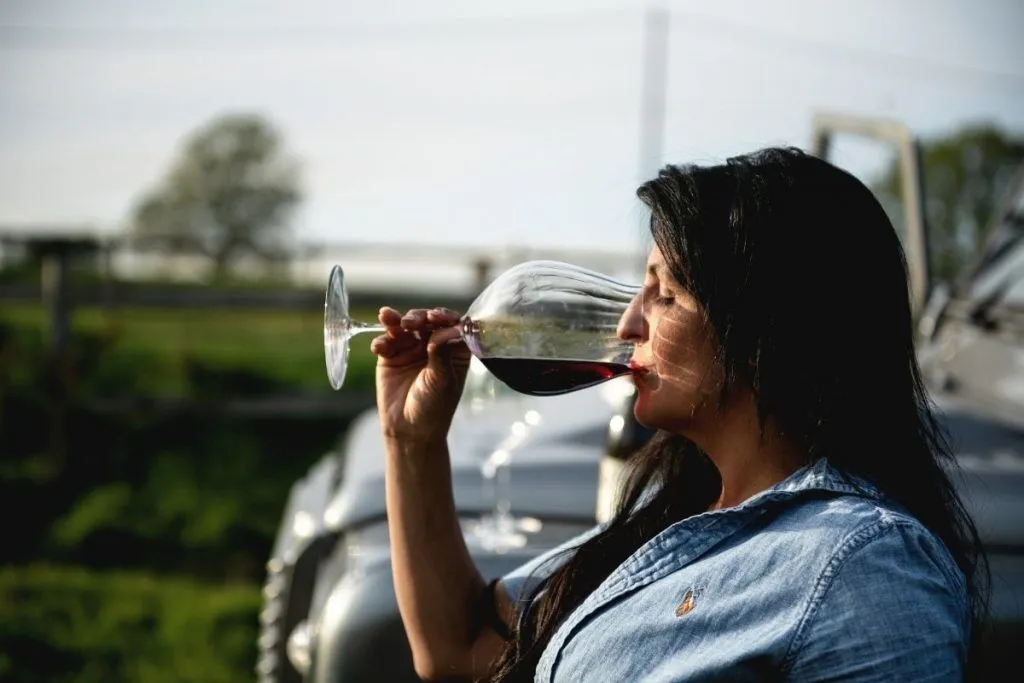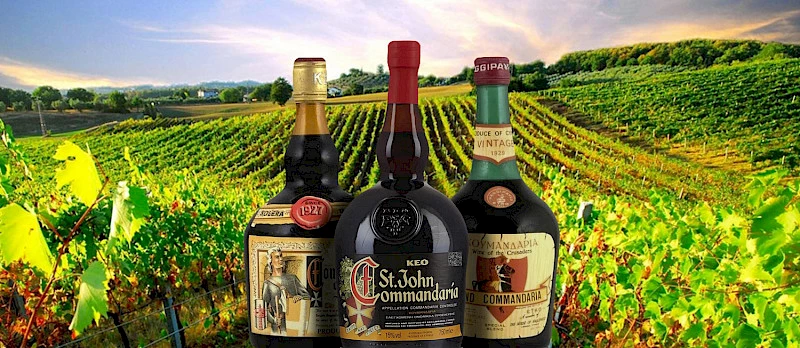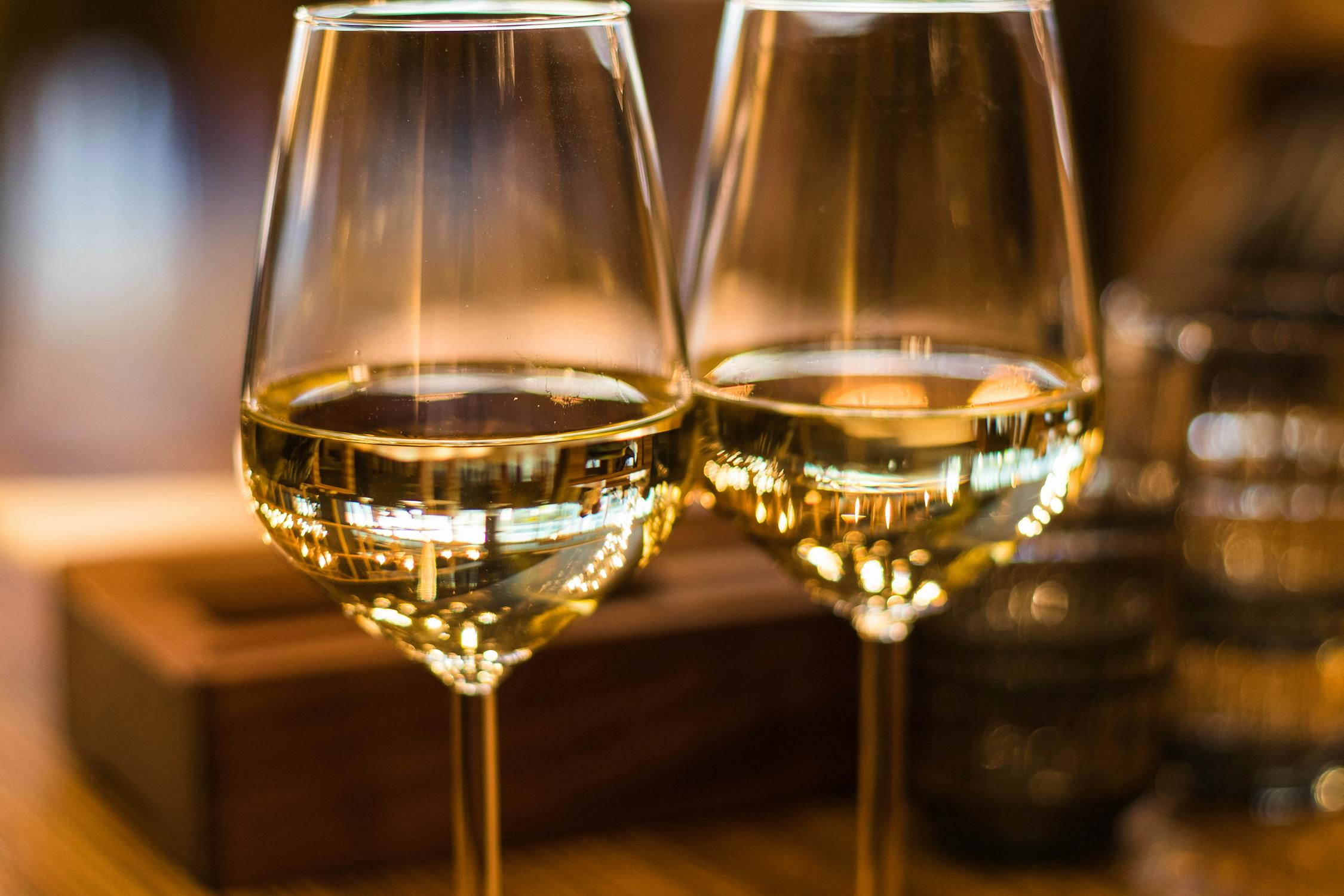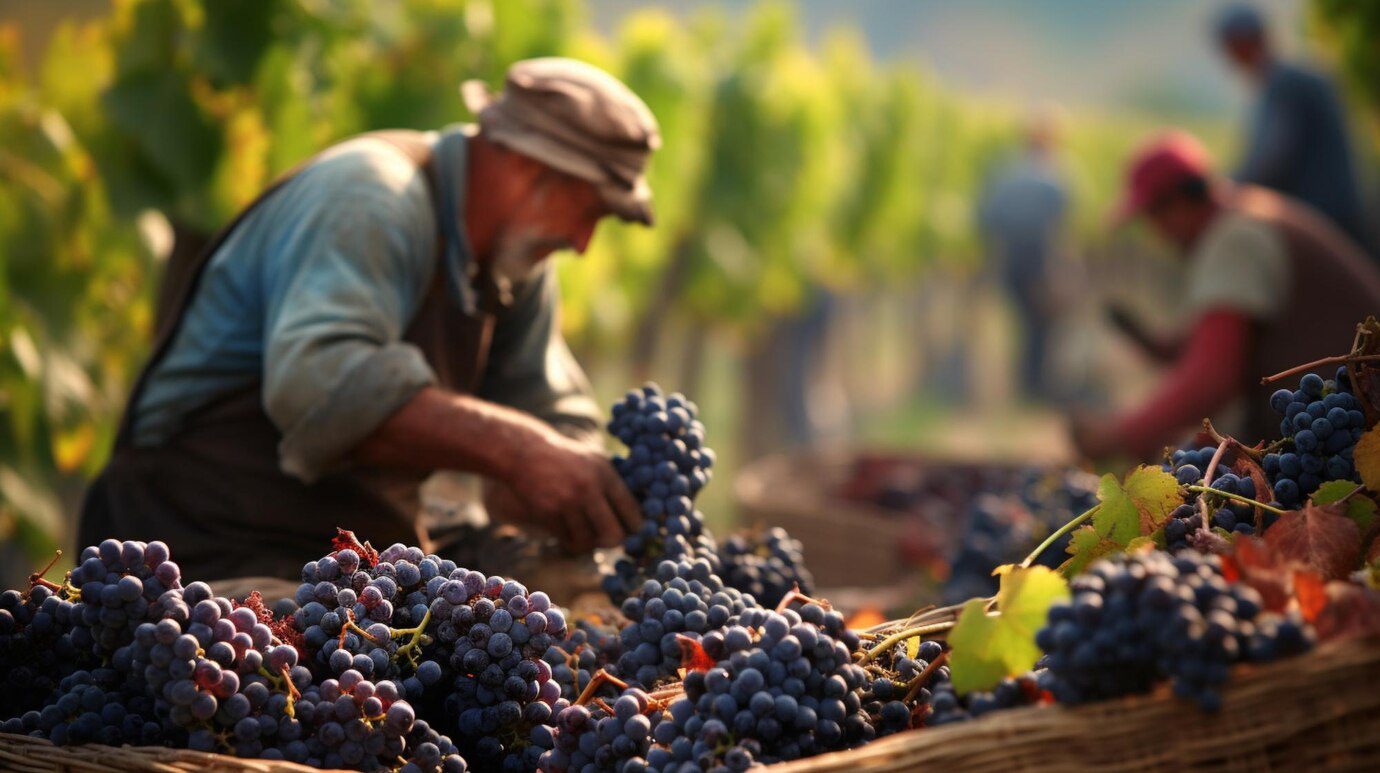Whether you are enjoying a wine produced in Cyprus or a traditional Greek wine, understanding the process of tasting can enhance the understanding of the wine’s qualities. Here are some tips that will help you to enhance your wine-tasting experience.
The Visual Assessment
First of all, look at the wine and its colour. Take a small quantity of the drink, pour it into a transparent glass, and then place the glass against a white surface. Look at the colour, transparency and consistency of the solution. For example, Cypriot red wines can be deep ruby to garnet and whites from pale straw to golden colour.
The colour of the wine can be an indication of the age of the wine and the type of grape used in the production of the wine. Swirling the wine in the glass also enables one to observe the ‘bricks’ or ‘tears’ on the side of the glass, which are an indication of alcohol content and viscosity.
The Aroma Exploration
Consider the wine’s smell or the bouquet of the wine. Tilt the glass to mix the wine, and then hold the glass up to your nose and take a deep breath. Determine which of the scents are coming forward.
Are they sweet like fruits, or are they flowery, or are they woody and musky? For example, a Cypriot Xynisteri may have citrus and floral character, while a Greek Agiorgitiko may have dark fruit and herbal profile. It is important to engage your olfactory senses because it plays a very big role in your total tasting process.





